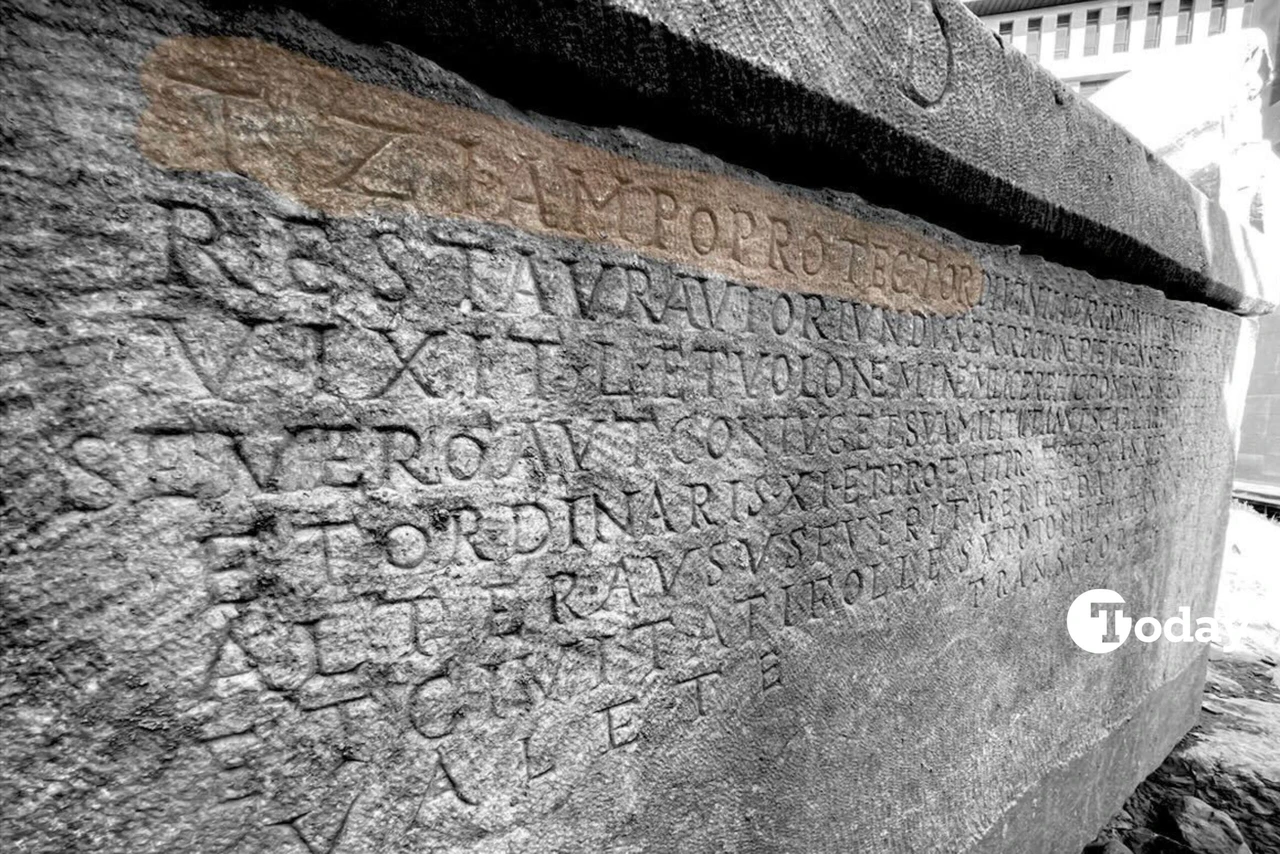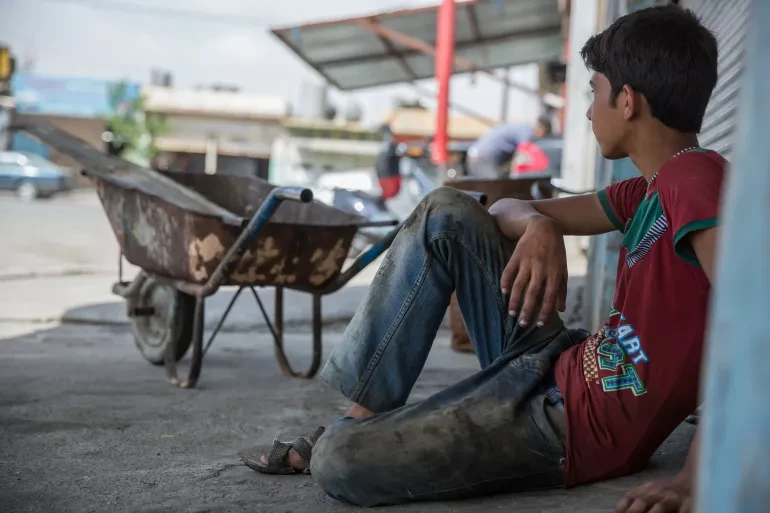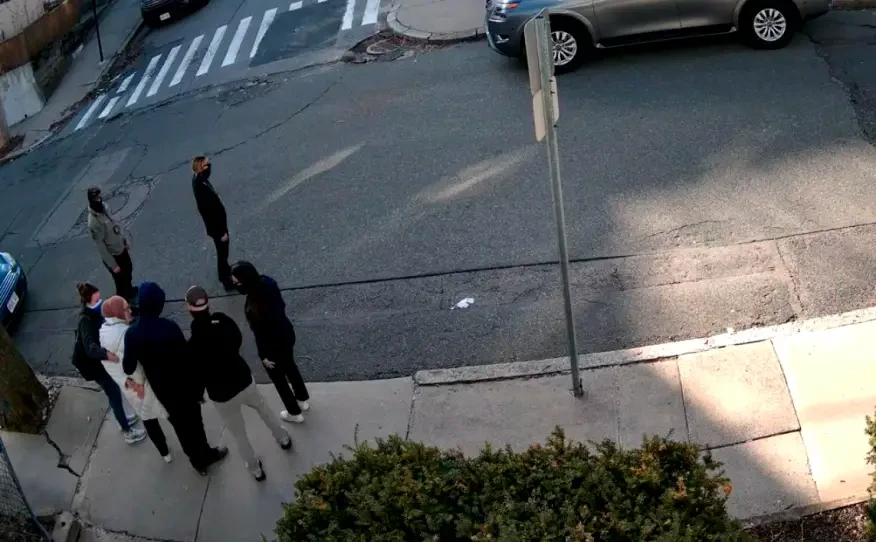Greek archaeologist protests auction of Roman artifact looted from Türkiye
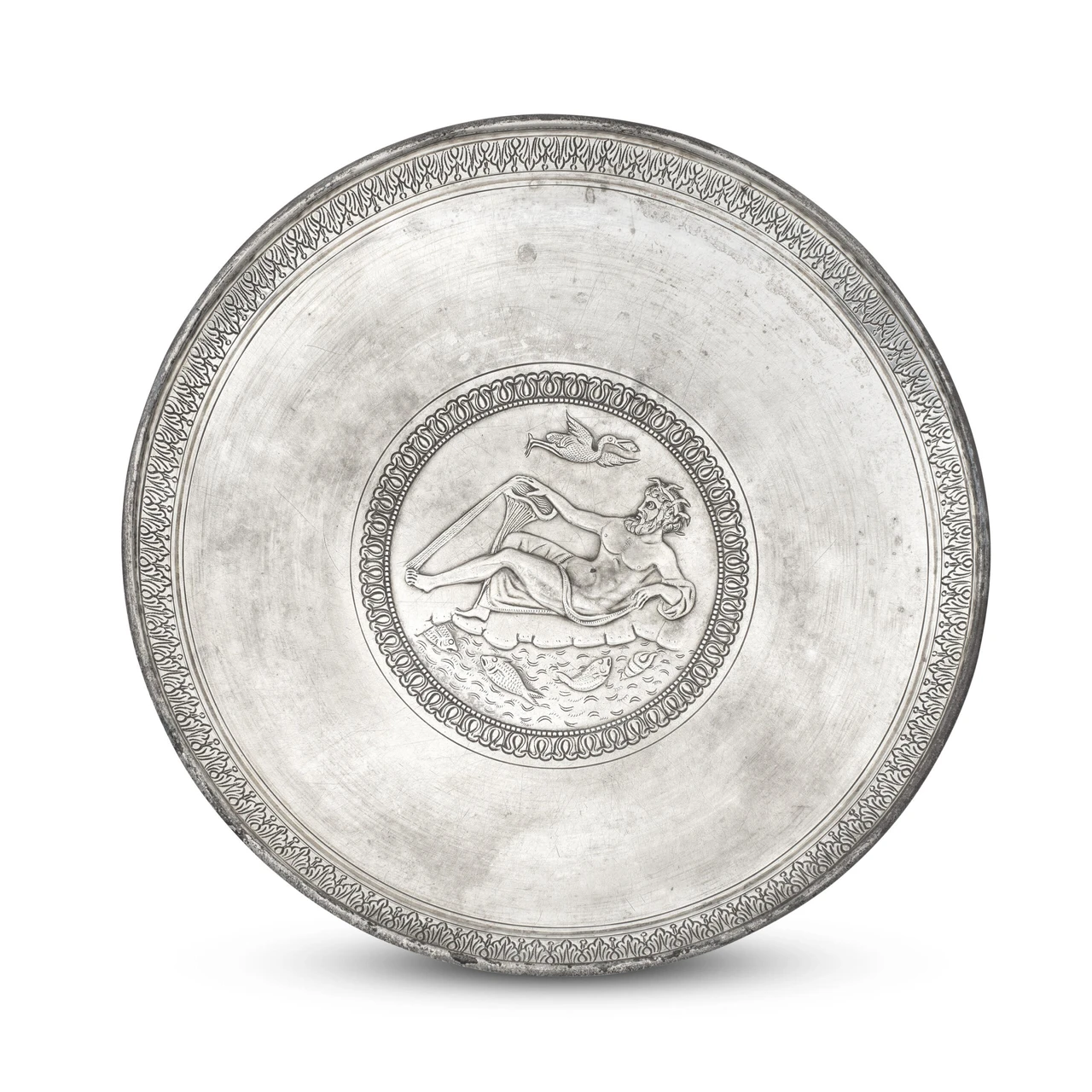 The large 3th-century Roman silver plate decorated with a River God currently auctioned by Bonhams. (Photo via Bonhams)
The large 3th-century Roman silver plate decorated with a River God currently auctioned by Bonhams. (Photo via Bonhams)
A Roman silver plate from the third century, featuring a depiction of a river god, will be auctioned on Dec. 5 at Bonhams in London.
The artifact, valued between $25,000 and $37,000, has sparked claims of being looted from Türkiye in 1992.

Archaeologist links Roman plate to illegal trafficking networks involving Türkiye
Christos Tsirogiannis, a lecturer at the University of Cambridge and a specialist in antiquities trafficking, has linked the plate to convicted antiquities dealer Gianfranco Becchina.
According to Tsirogiannis, Becchina purchased the plate from Turkish traffickers in 1992 as part of a larger collection of Roman silver. Records in Becchina’s archive, seized by Italian authorities in 2015, document payments and detailed transactions related to the plate.
Tsirogiannis stated that photographs in Becchina’s archive show the plate in its unrestored condition. The archive also includes records of the traffickers who sold the artifact and financial documents tied to the transaction.
These files, shared with Tsirogiannis by the late prosecutor Paolo Giorgio Ferri, have been used to identify more than 1,700 looted antiquities over the past 18 years. Many of these items were eventually repatriated to their countries of origin.
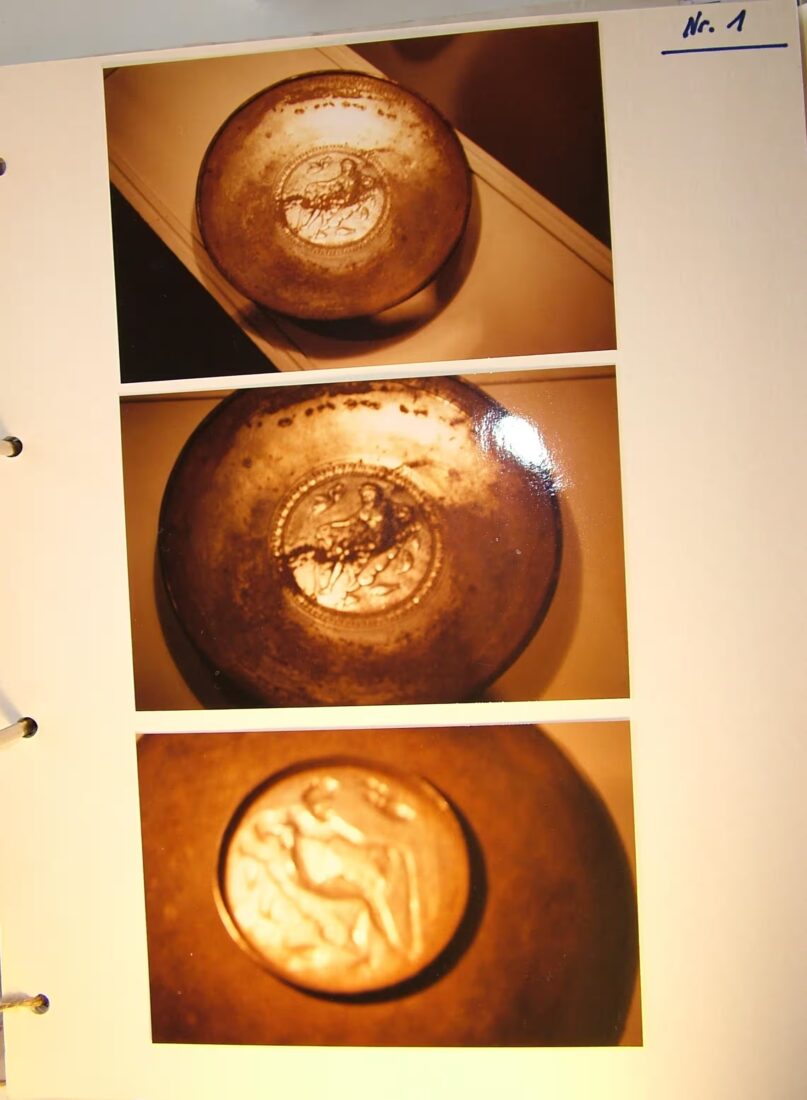
Bonhams proceeds with auction despite evidence presented by archaeologists of being looted from Türkiye
Bonhams auction house has defended its decision to include the Roman plate in its December auction. The artifact was previously auctioned in July 2024, when it sold for $92,000. However, the buyer failed to pay within the specified timeframe, and the consignor requested its reappearance in the upcoming sale.
Francesca Hickin, the head of antiquities at Bonhams, claimed that the auction house confirmed the plate’s provenance and complied with all legal requirements.
“We have strict procedures in place to ensure the objects we sell are legally eligible for auction,” Hickin stated. She also noted that no law enforcement agencies had contacted Bonhams regarding the plate.
Tsirogiannis criticized Bonhams for failing to conduct adequate research into the plate’s provenance. He argued that the auction house should have consulted authorities in Türkiye and other countries where Becchina was active.
Tsirogiannis also emphasized that previous connections to Becchina and Turkish traffickers should have raised significant concerns.
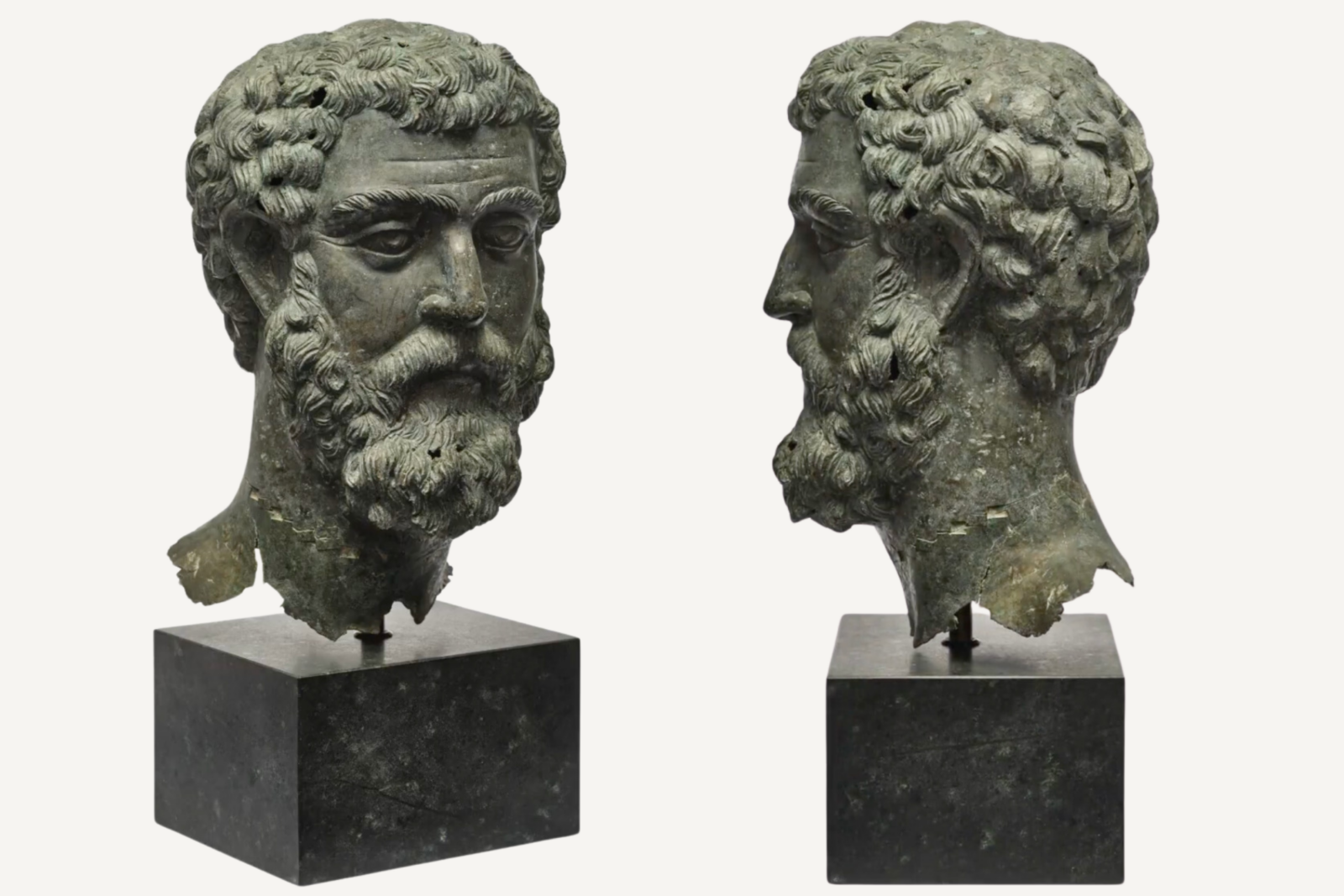
Türkiye’s ongoing battle to recover looted artifacts from abroad
Türkiye remains a target for antiquities trafficking, with many artifacts smuggled out and sold in international markets. This case involving the Roman plate sheds light on the challenges Türkiye faces in protecting its cultural heritage and reclaiming stolen artifacts.
The Turkish government has been actively pursuing the return of looted artifacts through legal action and diplomatic efforts. While authorities have not publicly commented on this specific auction, similar cases have often resulted in Türkiye initiating legal challenges against auction houses or buyers.
The controversy surrounding the Roman plate raises broader questions about the ethical responsibilities of auction houses handling antiquities with disputed origins. As the auction approaches, international observers will closely watch how Türkiye and other stakeholders respond to the case.

